In this article, you will get to know the History and Cultural Importance of some of the common Indian Headgears which are Dastaar, Pheta and Mysuru Peta.
India is known for its variety of different cultures and traditions. Here in each community, it has its own distinctive identity through their standard of living, food, clothing, religion, and so on. One distinct feature in every culture that defines them is the headgear that they wear.

Every culture has created its own unique and creative headgear. Wearing a headgear adds pride to the whole attire; you can say that it, in a way, completes your look. Each of these headgears has its purpose like religious, social, decoration, protection, etc.
These headgears have a variety of styles, and these styles distinguishes the person wearing it according to their region or religion. For example, if a person is wearing pagri, it is involuntarily assumed that the person follows the Punjabi religion.
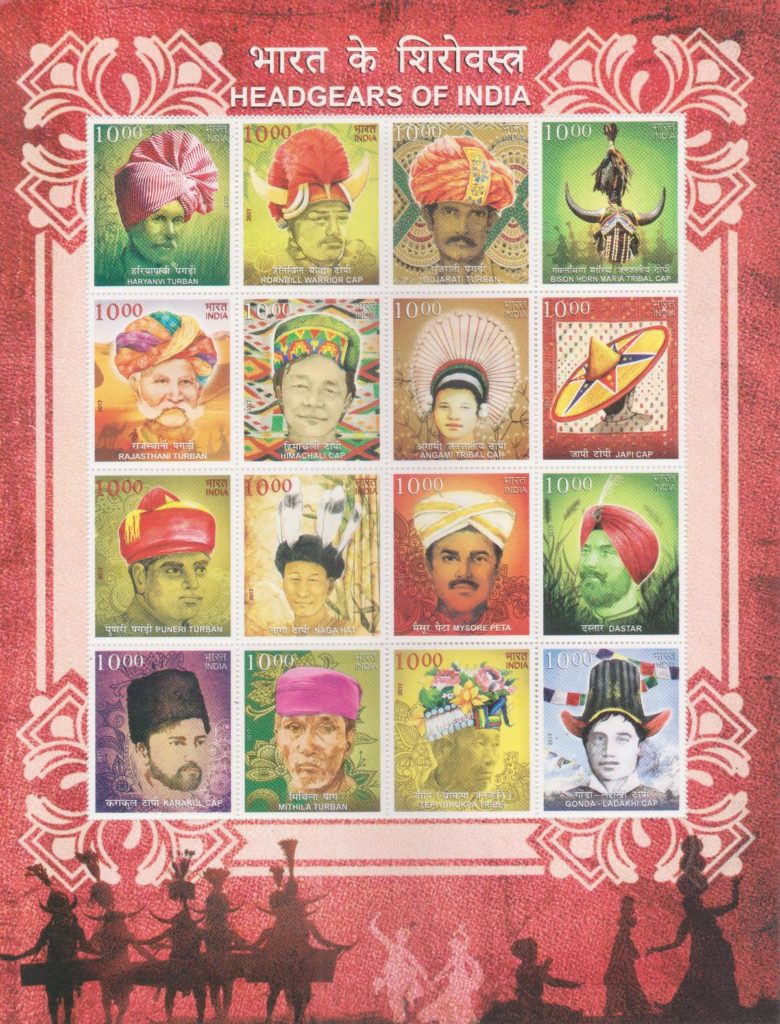
Headgears have great importance when it comes to culture, and this helps us to understand the fact that the Indian Post has issued over 16 stamps with Indian Headgears.
1. Dastar Turbans
Dastar is an Indian headgear that is worn by the people who follow Sikhism. Dastar, which is actually ‘dast-e-yaar,’ means the hand of God. According to the Sikhs, Dastar represents their community’s honor, self-respect, courage, and spirituality. It has the highest importance as an article of faith.
The Sikhs follow the five Ks, which are kesh, kangha, kara, kachera, and karpan. And this Dastar covers and protects their long uncut hair. They regard Dastar as an essential piece of their cultural identity.
History of Dastaar Turbans
For many centuries, the turban has consistent importance among all cultures around the world. In ancient Egypt, they wore these turbans as a decorative piece of head dress. They used to call it ‘pjr,’ and this is from where the word ‘pugree’ was derived, which we use commonly now.
It is not only in India that turbans had such great importance but also among cultures around the world. It is said in the bible, “He shall put on the holy linen coat and shall have the linen undergarment on his body, and he shall tie the linen sash around his waist, and wear the linen turban; these are the holy garments. He shall bathe his body in water and then put them on.”
The turban has been characteristic around Asia, the Middle East, and North Africa for many years.
Turban is an essential item when it comes to Sikhism. The uniqueness and its cultural importance has never diminished in the Sikh community.
The Sikhs followed wearing turban religiously, since Guru Nanak Dev founded this religion in the 1500s.
Several ancient documents say that the tenth Sikh Guru used to follow the Five Ks meticulously. According to Guru Gobind Singh, “Kangha dono vakt kar, paag chune kar bandhai” (Comb your hair twice a day and tie your turban carefully, turn by turn.)
Significance of Dastaar Turbans
In Sikhism, Dastar signifies many values that the religion showcases.
- Spirituality -The Dastar stands as a symbol of spirituality, holiness, and modesty
- Honour and Self-respect-In Sikhism, people who serve the community selflessly get honoured with Dastar. Thus, Dastar is a symbol of courage and self-respect
- Moral values– In ancient times, the Khalsa Sikhs used to move from one village to another during the times of war at night. The Sikhs are recognized as protectors of non-Sikhs. Thus, Dastar represents the purity of the mind of the Sikhs
- Courage– According to the command of their last Sikh Guru, Guru Gobind Singh, he tied the Dastars of his two elder sons and sent them on the field of war where they were martyred. So, this Dastar stands for courage; mainly, a blue-coloured turban signifies sacrifice and courage
- Friendships and Relationships– There is an ancient Punjabi tradition called “Pag Vatauni”(exchange of turbans), where an individual exchanges his Dastar with another. This exchange symbolizes that these two individuals are now friends for life, and they have a permanent relationship with each other. Thus, Dastar is a glue that keeps two friends or families close for generations.
- Uniform of Sikhism– Dastar is a unique Sikh identity, and the one who truly wants to be one with the Guru has to wear this Dastar always. According to Guru Gobind Singh, “Khalsa mero roop hai khaas. Khalse me hau karo niwas.” (Khalsa is a real picture of mine. I live in Khalsa.)
Styles in Dastaar Turbans
There are many styles in which the Sikhs wear a dastar. Here are some of the commonly known techniques…
1.Men’s Double Patti
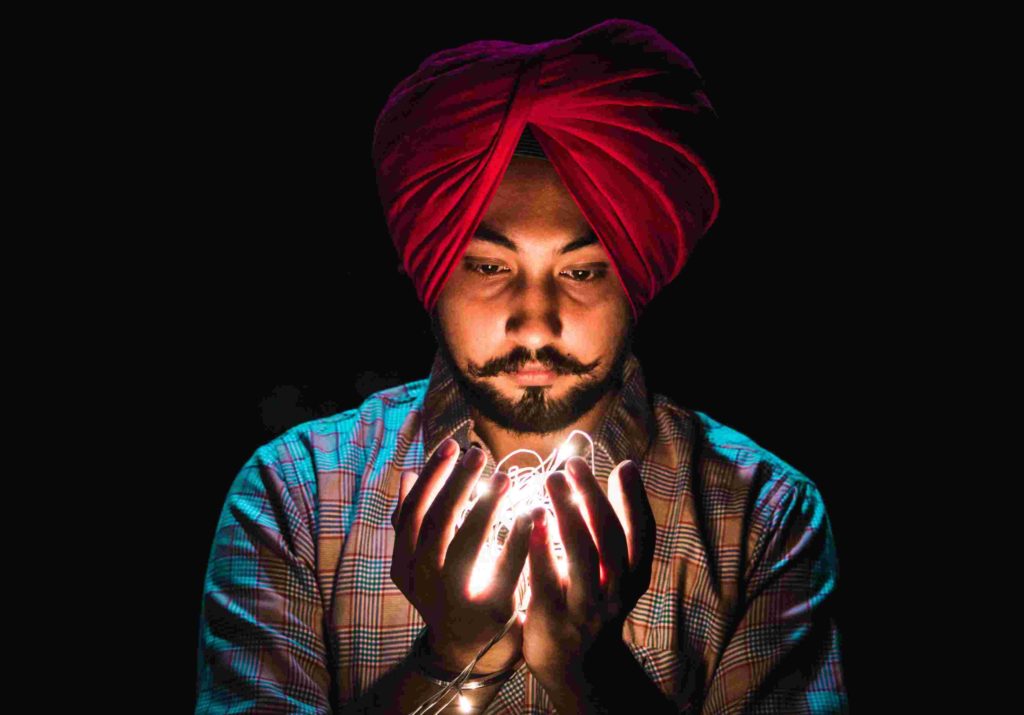
Men’s Double Patti or Nok is a very common Sikh turban, especially in the region of Punjab, India. Nok means a double-wide Dastar. A dastar is usually 6 meters long, and this is cut in half and then sown together, so you get a “double patti.” Even though this Dastar is more extensive than most of them, but it has only fewer wraps around the head.
2. General Sikh Dastar
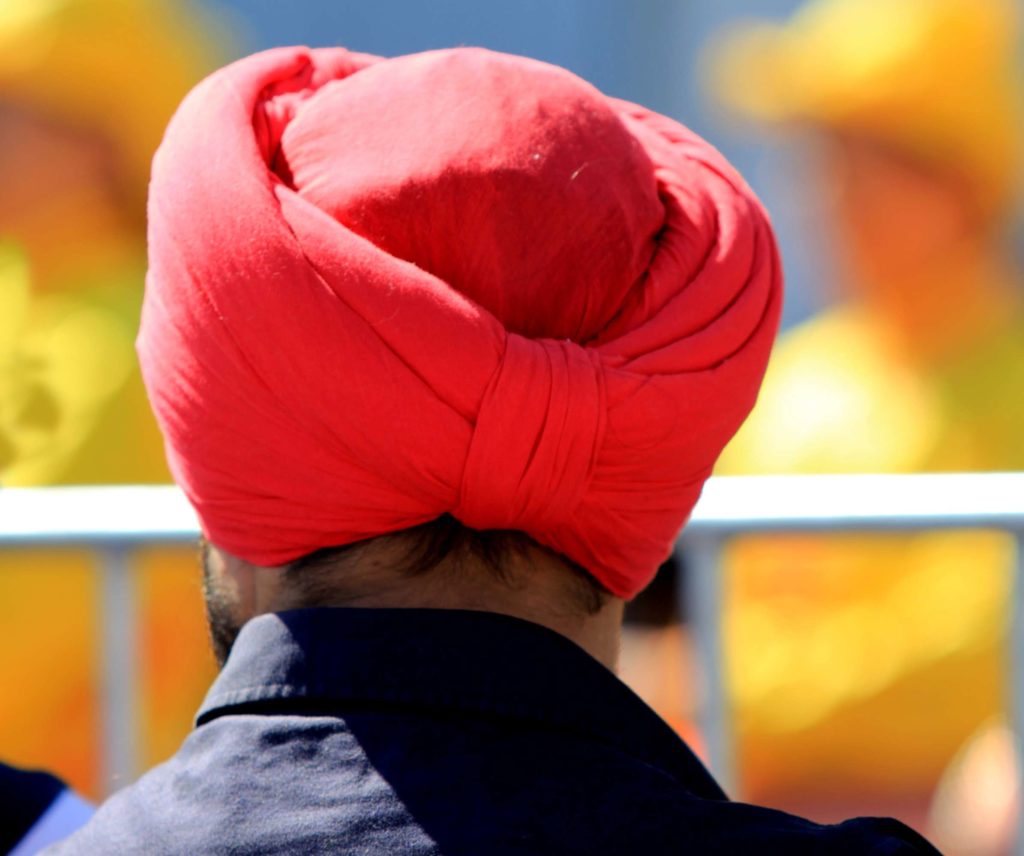
Unlike the “Nok” style, this style of Dastar is longer and is wrapped around the head seven times. The wraps go around the joora (hair knot), and the Dastar looks very big and high.
3. Chand Tora
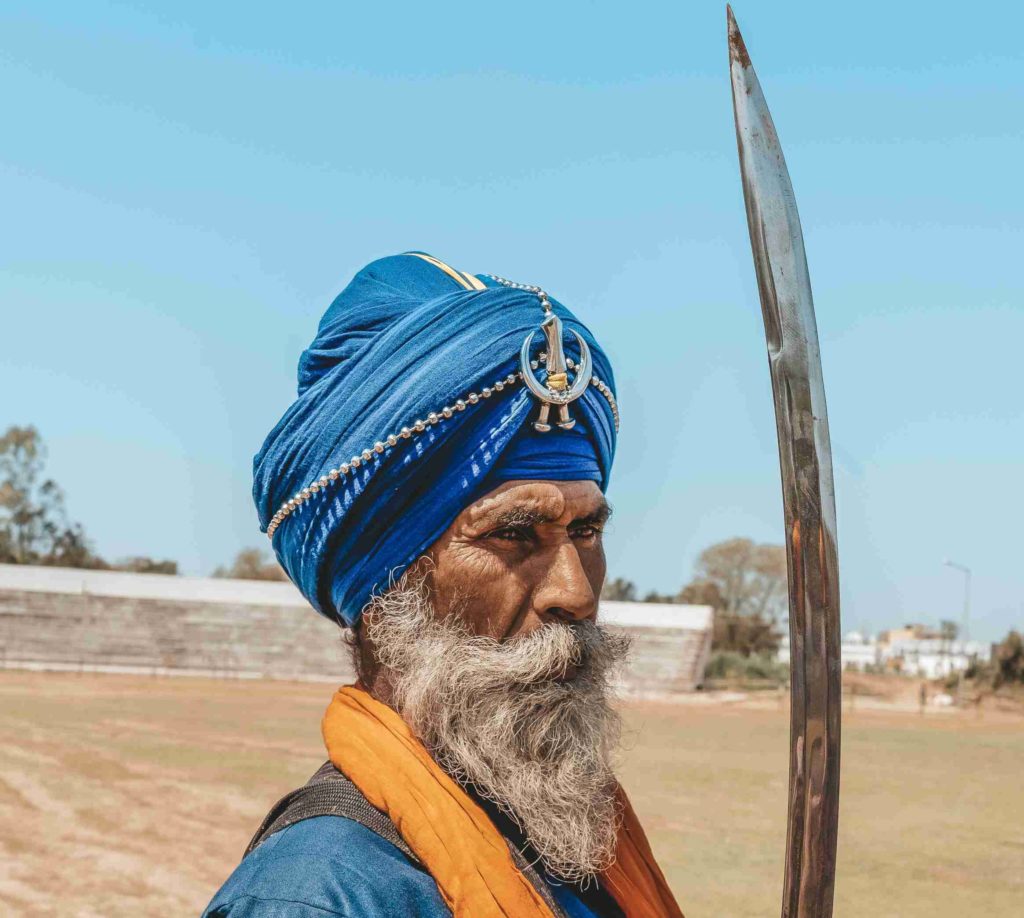
Warriors wore this style of DastarDastar. Thus, this style signifies courage and martyrdom. The “Chand Tora” is a metal symbol of a crescent and a double-edged sword.
4. Keski – This is another typical style of Dastar, and it is considered as a more casual type of turban. It is usually a yellow turban.
2. Pheta Headgears
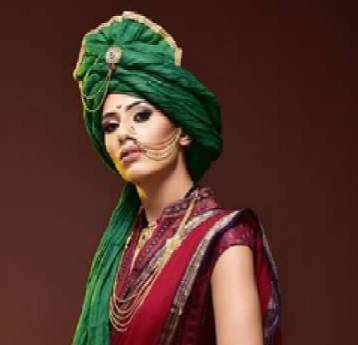
If you are in Maharashtra and happen to attend a Marathi wedding, you for sure would see the men’s head covered in beautiful saffron-colored headgears. This headgear is known as Pheta.In many parts, it is compulsory to offer the dignitaries a traditional welcome in ceremonies by wearing a Pheta.
A Pheta is usually 3 to 6 meters long cloth, which is saffron or white in colour. The colours that people wear represents the occasion. Pheta is also known as ‘Pataka.’
The Marathis wear this traditional Pheta as a symbol of dignity , and it shows the sign of love and devotion towards their culture.
History of Pheta Headgears
According to certain historical documents, the origin of the traditional Marathi Pheta can be traced down to Chatrapati Shivaji’s ruling period. It originated in the town of Kolhapur in Maharashtra, which is known as the historical capital of Maharashtra.
This traditional crown of Maharashtra was evident in the Peshwa era, where it stood as a symbol of royalty rather than any divine attributes.
To conclude, the traditional Marathi Pheta donned during grand or auspicious ceremonies, and a simple white-colored pheta called Mundasa wrapped around the head during daily non-festive days.
Styles in Pheta Headgears
There are no specific styles of the traditional styles, except the draping patterns. Some of these draping styles are known as Kolhapuri style, Mawali style, Puneri style, Lahiri style, and many more. Puneri and Kolhapuri style is more well-known than any other style, and you see many people styling up in ceremonies with them.
Today’s appeal
In today’s age, the millennials have made traditional Phetas as a trend-setter. The westerners have evolved this traditional mundane Pheta by embedding metallic and satin fabrics, inducing different colors and patterns, making it more colorful.
Pheta is said to be a status of royalty as well as a symbol of loyalty towards the culture. Thus, you can see many political dignitaries donning the Phetas when they go for campaigning.
3. Mysuru Peta Turbans
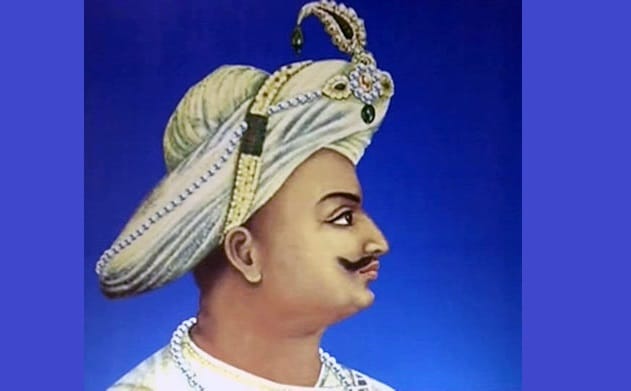
The royals of Mysore, or as locally known the Wodeyars, wore the Mysuru Peta as a symbol of royalty. These Petas were embellished with intricate work of precious stones and pearls and made of luxurious silk and Zari(golden brocade).
It wasn’t only the rulers who wore these beautiful Petas. Still, even the administrators and people who have the utmost responsibilities under the King also had the privilege to wear the Petas.
After India’s independence, Mysuru Peta signified a higher degree of cultural heritage. Thus, now only some distinguished dignitaries get honored by offering them with Mysuru Peta with a shawl.
Ancient Traditions Turbans
The Wodeyars, or the rulers of Mysore, used to wear the Mysuru Peta as their royal headgear during Durbars.
During these Durbars, although the King has the choice of his attire, it was mandatory to the attendants to wear preferred attire, which was a long black coat with white trousers and a Mysuru Peta.
Hope you enjoyed reading about the different Indian headgears. Do read about the different types of Indian Sarees, it will surely be interesting.








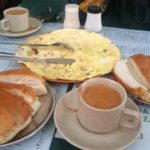

Hi, great article! thanks for the detailed info. I wanted to ask, do you know the type of turban Sadhguru uses? Is it a kind of turban, or it is just his own style of wearing them?